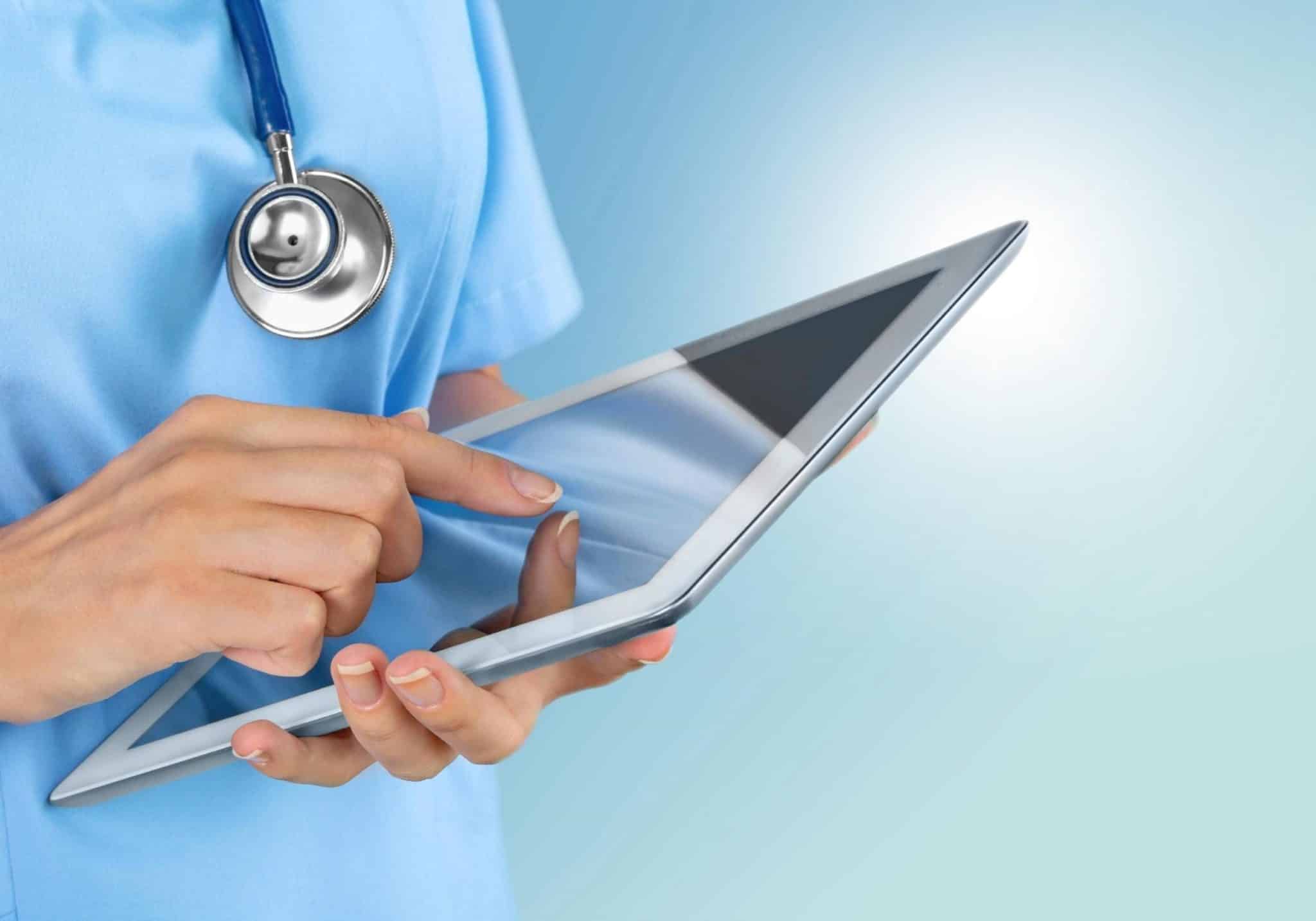

Pertinent, up-to-date and confidential patient information is converted to a written text document by a medical transcriptionist (MT). Health practitioners dictate what they have done after performing procedures on patients, and MTs transcribe the oral dictation, edit reports that have gone through speech recognition software, or both. Medical transcription is part of the healthcare industry that renders and edits doctor dictated reports, procedures, and notes in an electronic format in order to create files representing the treatment history of patients. ( March 2021) ( Learn how and when to remove this template message) Unsourced material may be challenged and removed. Please help improve this article by adding citations to reliable sources.

This section needs additional citations for verification.
#Medical transcriptions software
Many healthcare providers today work using handheld PCs or personal data assistants (PDAs) and are now utilizing software on them to record dictation. Reports are stored electronically and printed selectively as the need arises. This digital format allows for immediate remote access by any physician who is authorized to review the patient information.


Although many physicians and hospitals still maintain paper records, the majority are stored as electronic records. In recent years, medical records have changed considerably.
#Medical transcriptions manual
To enhance this manual process, many medical record documents were produced in duplicate or triplicate by means of carbon copy. Whenever the need arose to review the records of a specific patient, the patient's file would be retrieved from the filing cabinet and delivered to the requesting physician. Ultimately, these handwritten notes and typed reports were consolidated into a single patient file and physically stored along with thousands of other patient records in the medical records department. In the past, these medical reports consisted of very abbreviated handwritten notes that were added in the patient's file for interpretation by the primary physician responsible for the treatment. Natural-language processing takes "automatic" transcription a step further, providing an interpretive function that speech recognition alone does not provide. Today, speech recognition (SR), also known as continuous speech recognition (CSR), is increasingly used, with medical transcriptions and, in some cases, "editors" providing supplemental editorial services. Storage methods have also changed: from plastic disks and magnetic belts to cassettes, endless loops, and digital recordings. Over the years, transcription equipment has changed from manual typewriters, to electric typewriters, to word processors, and finally, as of 2022, to computers. With the creation of audio recording devices, it became possible for physicians and their transcribers to work asynchronously. At that time, medical stenographers recorded medical information, taking doctors' dictation in shorthand. Medical transcription as it is currently known has existed since the beginning of the 20th century when standardization of medical records and data became critical to research.


 0 kommentar(er)
0 kommentar(er)
